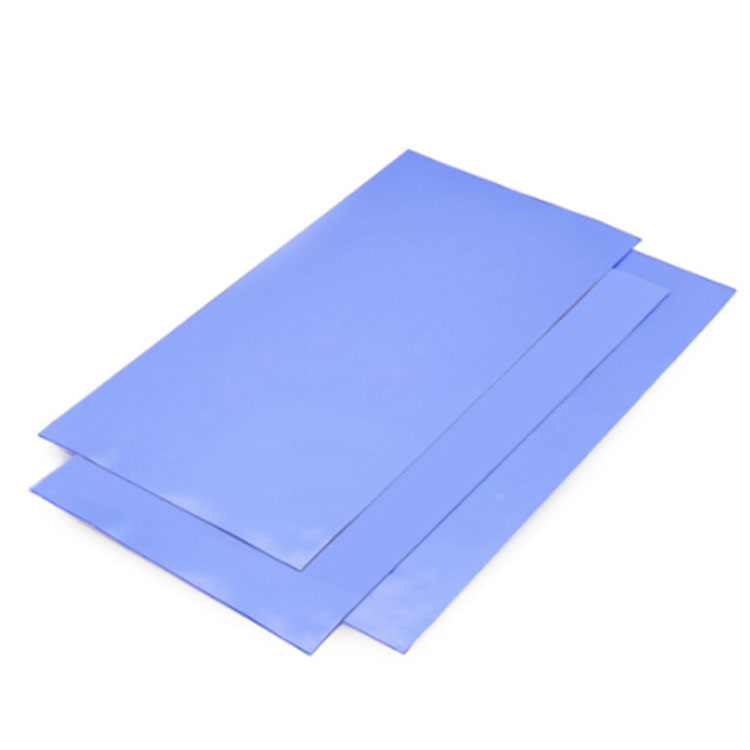so-called
AbsorberIt refers to a type of material that can absorb or significantly reduce the electromagnetic wave energy projected onto its surface, thereby reducing the interference of electromagnetic waves. In engineering applications, in addition to requiring absorbing materials to have high absorption rates for electromagnetic waves in a wide frequency band, it is also required to have lightweight, temperature resistance, moisture resistance, corrosion resistance, and other properties.
Classification of absorbing materials based on their loss mechanism:
(1) Resistance type loss refers to the resistive loss caused by the absorption mechanism and the conductivity of the material. The higher the conductivity, the greater the macroscopic current (including current caused by electric field changes and eddy currents caused by magnetic field changes) caused by charge carriers, which is conducive to the conversion of electromagnetic energy into thermal energy.
(2) Dielectric loss is a type of dielectric loss absorption mechanism related to electrodes, which converts electromagnetic energy into thermal energy and dissipates it through the "friction" effect generated by repeated polarization of the dielectric. The process of dielectric polarization includes: electron cloud displacement polarization, polarization of polar dielectric moment turning, polarization of ferroelectric domain turning, and wall displacement.
(3) Magnetic medium loss, this type of absorption mechanism is a type of magnetic loss related to the dynamic magnetization process of ferromagnetic media. This type of loss can be refined into hysteresis loss, rotational eddy current, damping loss, and magnetic aftereffect effect. Its main sources are magnetic domain rotation, magnetic domain wall displacement, and magnetic domain natural resonance, which are similar to hysteresis mechanism. In addition, the latestMicrowave loss mechanism of nanomaterialsIt is currently a hot topic in the analysis of absorbing materials.

High, medium, and low frequency anti-interference electromagnetic shielding and absorbing materials are materials used to make electromagnetic shielding and absorbing components in the high and low frequency bands. They are usually composed of multiple layers of metal thin films, conductive materials, and absorbing materials. Among them, metal thin film is the main material that can isolate electromagnetic signals, while conductive materials can absorb the energy of electromagnetic waves and convert it into thermal energy. Absorbing materials are media used to absorb electromagnetic wave energy, such as magnetic metal sheets, polymer absorbing layers, etc.
High, medium, and low frequency anti-interference electromagnetic shielding absorbing materials have excellent electromagnetic shielding performance, which can effectively isolate electromagnetic signals and reduce their interference with signals in other frequency bands. These frequency bands are typically located in the microwave to millimeter wave range, including the microwave to radio frequency range. The electromagnetic signals on these frequency bands are usually complex, with strong diversity and complexity, which makes electromagnetic shielding very difficult.
Therefore, the use of anti-interference electromagnetic shielding and absorbing materials in high, medium, and low frequency bands can effectively isolate and absorb the energy of electromagnetic waves, reduce their interference with signals in other frequency bands, and improve the performance and reliability of electronic devices. In addition, the use of high, medium, and low-frequency anti-interference electromagnetic shielding and absorbing materials can also reduce the impact of electromagnetic waves on the human body and the environment, and improve the quality of human life and production environment.
The electromagnetic signals on these frequency bands have complex diversity and complexity, thus requiring the use of excellent electromagnetic shielding and absorbing materials to isolate and absorb the energy of electromagnetic waves.





